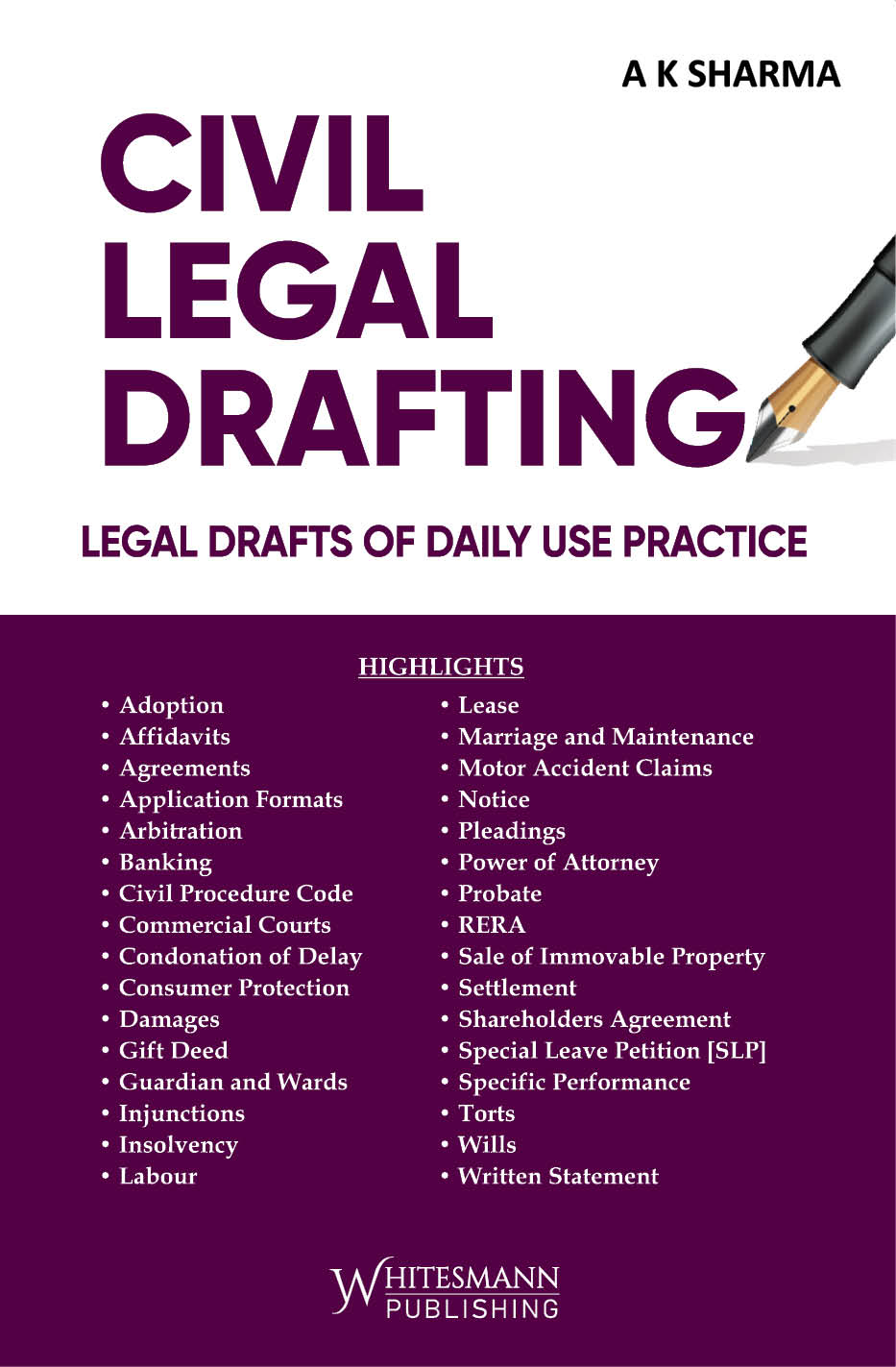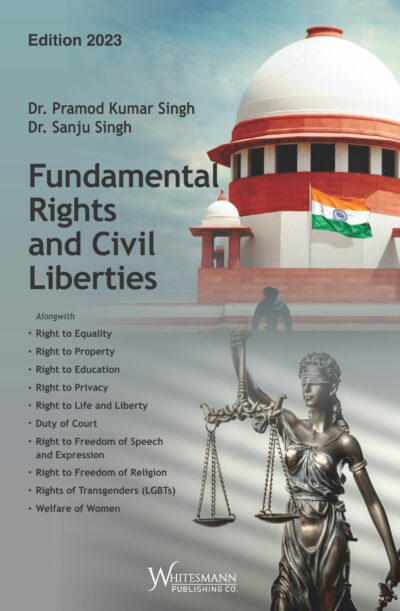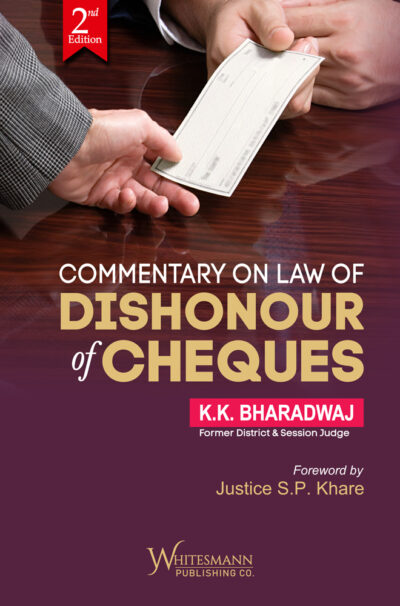Description
Civil Legal Drafting refers to the process of preparing documents used in civil litigation and legal proceedings. These documents are submitted before civil courts, tribunals, or other legal forums and must be precise, legally sound, and clear.
—
🔹 Key Components of Civil Legal Drafting
1. Pleadings
Plaint (Suit Filing) – Statement of claim by the plaintiff.
Written Statement – Reply/defense by the defendant.
Replication/Rejoinder – Plaintiff’s response to the written statement.
2. Applications
Under specific provisions of law (e.g., Order 39 Rule 1 & 2 CPC – Interim Injunction)
For condonation of delay, appointment of commissioner, amendment of pleadings, etc.
3. Affidavits
Sworn statements affirming the truth of facts pleaded.
4. Notices
Legal notices under Section 80 CPC, or contractual matters.
5. Petitions
For specific reliefs like writ petitions, guardianship, probate, etc.
6. Memorandum of Appeal / Revision / Review
Filed before higher courts challenging lower court orders.
—
🔹 Basic Structure of Civil Drafts
1. Title of the Court
2. Cause Title – Name and description of parties
3. Contents of the Pleading
Jurisdiction
Cause of action
Facts in chronological order
Reliefs sought
4. Verification
Signature and verification by the party
—
🔹 Principles of Good Drafting
Clarity and Brevity
Proper Formatting (as per court rules)
Use of Legal Language
Logical Sequence of Facts
No Argument in Pleadings (only facts)
—
🔹 Important Laws to Refer
Code of Civil Procedure, 1908
Indian Evidence Act, 1872
Limitation Act, 1963
Specific Relief Act, 1963
Relevant Local Court Rules
—
Would you like sample formats (e.g., plaint, written statement, injunction application)? I can provide editable templates.
Additional information
| Binding | Hardbound |
|---|---|
| Language | English |
| Publisher | Whitesmann Publishing |
You must be logged in to post a review.










Reviews
There are no reviews yet.